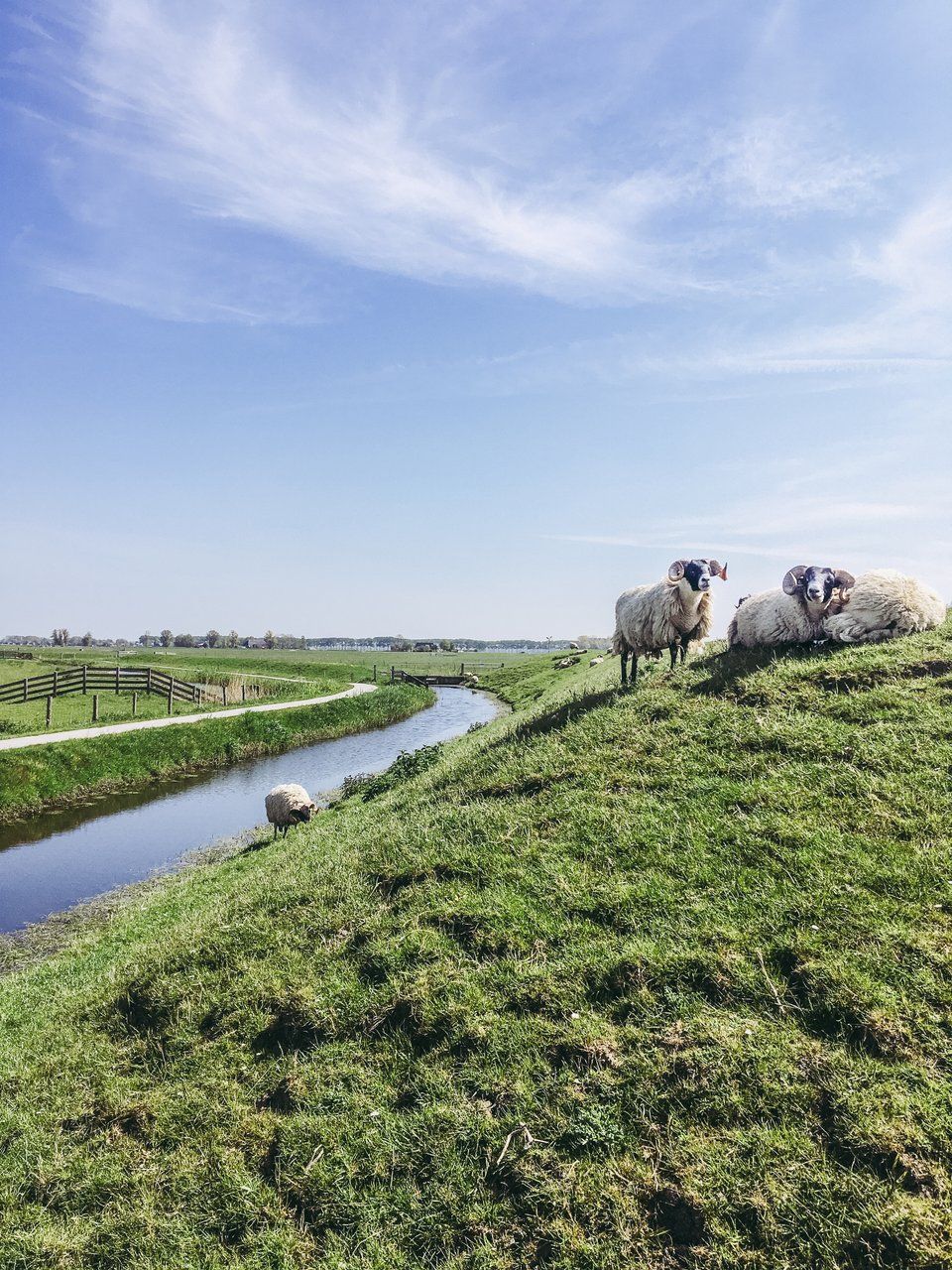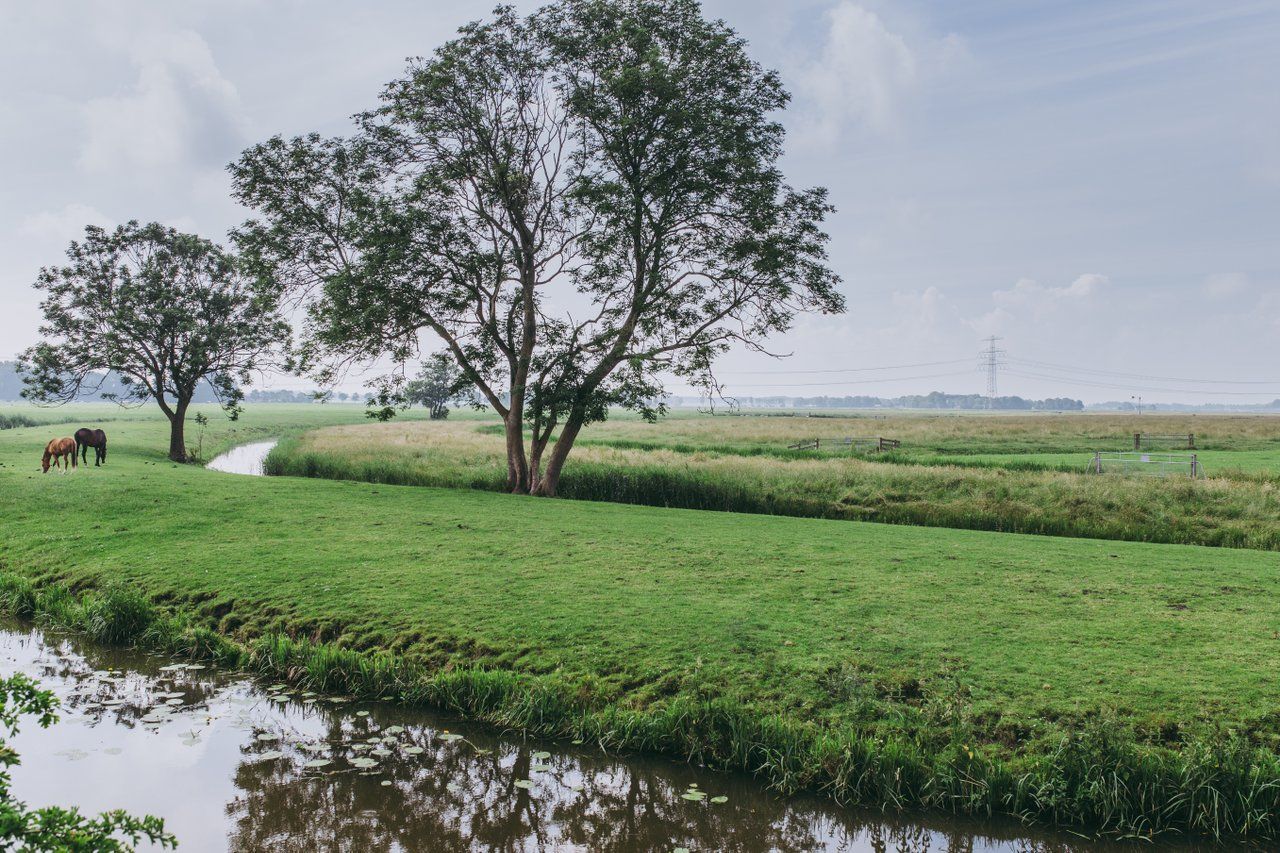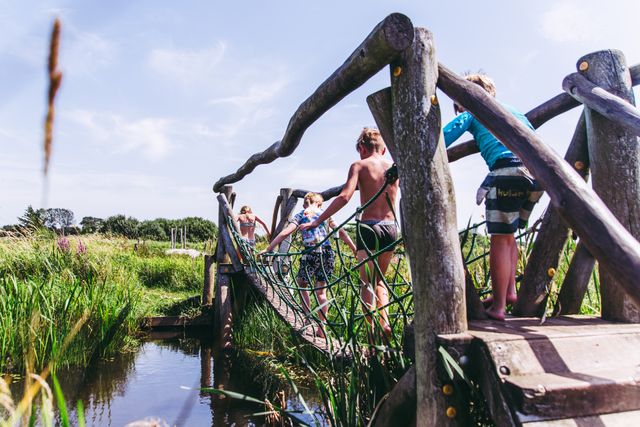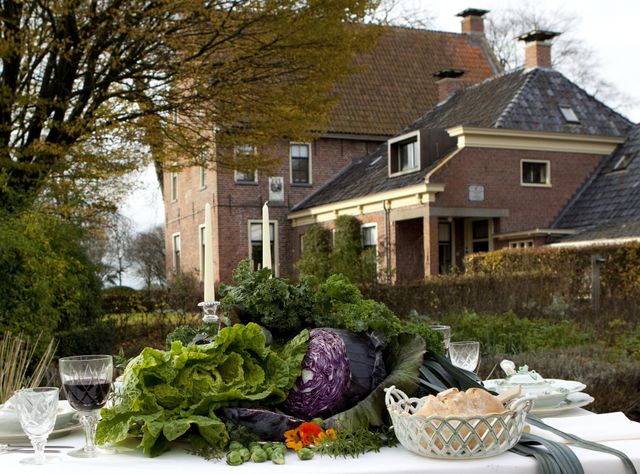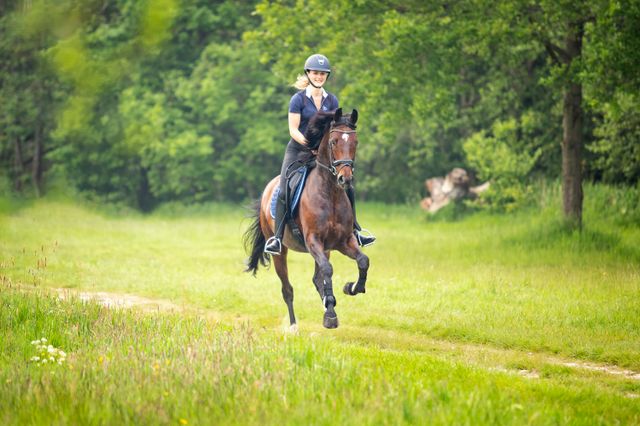Middag-Humsterland
Unspoilt landscape with a rich history
The green Westerkwartier area is located in the oldest man-made landscape of the Netherlands: the Nationaal Landschap Middag-Humsterland. An area where water once separated the islands of Middag and Humsterland. Go back to the Iron Age to see how the and how people lived on artificial dwelling hills. When you explore this unspoilt scenic area, you’ll see how the meandering roads, grand countryside, twisting ditches and retained artificial dwelling hills still clearly show the traces of the area’s intriguing history.
High and dry
Before our era, the sandbars below the West Frisian islands developed into salt meadows with seaside alkali grass; the perfect place and diet for the sheep and cattle of the initial inhabitants. There was one rather basic disadvantage: the marshes were regularly flooded by sea water. To neutralise this issue, around the start of our era they started building wide hills. The sea left layer after layer of sediment on the hills, forming perfect places for the inhabitants to live on. Today, they are among the most distinctive features of Groningen.
Tidal inlets and creeks
In the year 800, the Lauwerszee developed after various sea floodings. Water moved inland from the Lauwerszee through side creeks, cutting right through Middag-Humsterland. The salt water gushed through inlets and creeks, thus forming two peninsulas: Middag and Humsterland. Between 1200 and 1700, the creeks that separated the peninsulas from the mainland slowly disappeared, making Middag and Humsterland one again. Today, the curved ditches and roads reveal the traces of the old silted-up creeks.
Traces from the past
The meandering ditches and roads, the grand scenic area and distinctive artificial dwelling hills: they all still clearly show that Middag-Humsterland is the oldest man-made landscape in the Netherlands. Most artificial dwelling hill villages have remained inextricably bound up with today’s life. Twisting clinker paths lead to their centres with their lovely shops and friendly cafés. The first churches of Middag-Humsterland were built using wood, reed and loam. Sadly, they were not preserved, but the solid mediaeval churches you see today still form the beating heart of these villages.
Back in time
One artificial dwelling hill in the Middag-Humsterland area certainly worth visiting is Niehove, once the capital of Humsterland. When seen from above, the village resembles a spider’s web, where all roads lead to – or from – the village centre. Stroll down the narrow church paths and roads fringed with red-brick houses to imagine yourself in days long gone. Naturally, there is more to the Middag-Humsterland area. This stunning scenic area allows for long bicycle rides and hikes. Enjoy the views of the vast pastures dotted with historic farms, stately manors and solidly-constructed churches.

